 Living With HIV in 2019
Living With HIV in 2019
“The end of transmission is the next beginning”
Craig Hanlon-Smith
Glen
Glen Watkins is 39 and has been living with HIV since 2001. Since 2010 he’s been helping to support people living with HIV, working for NAM Aidsmap and more recently the Terrence Higgins Trust (THT).
“I was diagnosed on Halloween. I had a finger prick test at what is now the Victoria Sexual Health clinic. It being Halloween was a big deal; as a kid I used to spend the weekends at my dad’s house and I can remember always being scared around Halloween, being left in a big dark house and watching old horror movies.
“I remember back to one night in particular, I was about nine and it was a really windy night and I woke up to a scary film. When I was given the result of the test, I was instantly transported back to that moment. I was back to being nine but also 21 at the same time and my mind was filled with images of skeletons. October 31 is such a fixed date in our society that it fused with the emotions of finding out that I was HIV positive and thinking that I would die soon.
“After the imagery of Halloween and associations of dying had passed, I think I did everything I could to block it out.
“In 2013 I was diagnosed with Hep C. The emotions of that diagnosis were completely different, I got on the tube and missed my stop but it seemed like everything was a blur. I think my HIV diagnosis came back that day and they both hit me, as co-infections do.
“NAM Aidsmap had published an amazing patient information book, a manual for living with HIV. In the early days I spent a lot of time reading the topics and trying to relate to the stories and information. It’s hard to imagine now, but there seemed to be so many hospital visits and checkups. I felt a huge amount of stigma, and looking back some of that was my own feelings of guilt – I couldn’t own up to my consultants about the fact I’d had unprotected sex; I kept telling them I only had oral sex even. Though they knew that transmission via oral sex was unlikely, they didn’t really challenge it but the response made me feel dirty to some extent and I never felt I could access non-judgemental support to come to terms with how I was feeling.
“HIV has, over time, become more supportive, even though I see my HIV consultant less now. With the advances in medication and healthcare it makes sense that some people need less support. I remember being anxious at the thought of not seeing my consultant on a regular basis, but now I realise a lot of that was fear of the unknown.
“The shame and stigma I have experienced has mostly been from within. This shame and internalised guilt had been carried around for a while; as a recovering addict, I’m clear that society’s homophobia, the fear around HIV and the impact of hiding my identity from others pushed me into seeking acceptance by meeting up with others in seedy back rooms and getting wasted with those who resonated with the pain and guilt and stigma that has been projected from the world around us and from within.
 “By the time I was 24 I was convinced that I wouldn’t live into my 40s. Telling my family was a big deal; I didn’t want them to find out from a doctor when I was hospitalised for example. My sister spent ages crying and my mum was stronger than I thought she would be. She had a gay friend who passed away during the early days of the epidemic and she did have a fear that the same would happen to her gay son, she told me as much when I came out to her, but not in a stigmatising way like some people’s experience.
“By the time I was 24 I was convinced that I wouldn’t live into my 40s. Telling my family was a big deal; I didn’t want them to find out from a doctor when I was hospitalised for example. My sister spent ages crying and my mum was stronger than I thought she would be. She had a gay friend who passed away during the early days of the epidemic and she did have a fear that the same would happen to her gay son, she told me as much when I came out to her, but not in a stigmatising way like some people’s experience.
“Having worked for THT, the ‘Can’t Pass It On’ campaign stands out for me. Having had several serodiscordant relationships there has always been a tremendous fear of passing on HIV. Knowing now that I can’t pass on HIV due to my effective treatment is a huge deal. As someone who has been living with HIV for 18 years, it is also a huge deal to accept. I think there needs to be a conversation with long-term survivors living with HIV and those who are not, to ensure that they feel supported in this messaging; you cant realistically expect those who have lost friends, lovers and the heart of their community to AIDS to accept U=U overnight.
“It is great that we’ve made so many advances in care and prevention, but it isn’t about just taking one pill a day. As we head towards the end of HIV transmission we can’t forget that when we do reach that historic moment, there will be thousands of people living with HIV who will still need support and care and this will require time, money and resources. The end of transmission is the next beginning.”
Steven
Steven Easton is a 31-year-old hair stylist and educator from Aberdeen. He lived in Brighton & Hove just short of three years where he made regular appearances pulling pints at Bar Broadway. Home is now London with his two Daddies. Outside of work he is a keen gym bunny and a regular on the European leather/fetish scene. Steven has also been living with HIV for almost seven years.
“I remember being diagnosed very clearly. I had been anticipating my results and I got a call from the hospital saying they had to discuss my results in person. I threw clothes on and literally ran to the hospital. A very kind soft spoken woman told me I’d tested positive for HIV. I was estranged from my partner at the time and my first thought was him. What if?
What will happen to him?
“I felt I very much deserved it. I didn’t dare give myself any sympathy. My partner was the first person I told and he held my hand from day one. I felt with the immediate support and information I had from him and the nurses I could move forward. It was a controllable virus with little or no effect on life expectancy. My biggest worry at the time was what will everyone else think?
“I was guided towards various sites and sources by the nurses. THT being one that stands out and still does thanks to the way they provide support and information in an upfront and approachable way. Two years after my diagnosis, I attended a weekly group for HIV positive men in Aberdeen. It was a lifeline to find people in the same position as me as there was no talk of ‘out’ positive men in Aberdeen. Stigma was still rife and mainstream education very little.
“Medication has come on in leaps and bounds in the time I’ve been diagnosed. All four cities I have lived in have offered exceptional care but Brighton to me will always stand out. You are greeted with a friendly face and receive caring, bullshit free advice.
 “I hesitated to talk about my story for years as I felt that, due to my advanced medication and support, I shouldn’t speak up as others had experienced much more pain and suffering than me. I feel different now, visibility from anyone who feels ready to share is very important. We all have our own personal journey with HIV, hopefully we can all find a story to relate to and help us in some shape or form.
“I hesitated to talk about my story for years as I felt that, due to my advanced medication and support, I shouldn’t speak up as others had experienced much more pain and suffering than me. I feel different now, visibility from anyone who feels ready to share is very important. We all have our own personal journey with HIV, hopefully we can all find a story to relate to and help us in some shape or form.
“The shame and stigma I faced had been from me. At the time I took it on the chin and felt very fortunate that my condition was manageable. Now I see how it ignited a harsh task master within myself. Work, gym, finances even relationships. I felt careless and irresponsible to have contracted HIV so I worked myself harder and harder. Self-forgiveness and being around the right people has steered me in a more self-compassionate direction.
“Don’t beat yourself up. We all make mistakes and the majority of the time they are what makes us strong. Keep going towards your best self and hold others’ hands who may be feeling the same way. You will own your HIV status, it will not own you.”
More info
Craig Hanlon-Smith would like to thank Steven and Glen for sharing their stories with us.
For local HIV and associated sexual health services in Brighton & Hove you can contact:
 Victoria Couper, Clemmie Franks, Emily Burn as the trio of singers – Voice – were breathtakingly superb, their voices intermingling with the harmonic resonations of Hildegards meditations to transport us both back in time and out of time, into the spiritual realm of this most talented of nuns. Her music composed in the 12th century, when only a single line was normally notated, is full of soaring and haunting melodies which lend themselves to countless transformations from simple drones and improvised organum to new arrangements and compositions. Unusually for her time she wrote both music and lyrics, most of which she claimed were revealed to her in a series of ecstatic visions.
Victoria Couper, Clemmie Franks, Emily Burn as the trio of singers – Voice – were breathtakingly superb, their voices intermingling with the harmonic resonations of Hildegards meditations to transport us both back in time and out of time, into the spiritual realm of this most talented of nuns. Her music composed in the 12th century, when only a single line was normally notated, is full of soaring and haunting melodies which lend themselves to countless transformations from simple drones and improvised organum to new arrangements and compositions. Unusually for her time she wrote both music and lyrics, most of which she claimed were revealed to her in a series of ecstatic visions. A few folk who I talked to loved it, most had never heard of Hildegard before, my companion adored it and thought it a very interesting night. I was saved by the quality of the singing and closed my eyes for a lot of the performance, better to focus on the singing. The repetitive coloured bubble projections, although certainly pretty and trippy didn’t do very much other than light up the inside of St Matmos’s (as I shall forever know it now) high Gothic splendor . The projection machines were also annoying grindy and loud which in music so careful, quiet and precise as this is an oversight unexpected from the BREMF who are usually so very careful to ensure ambience, venue and music fold into each other in perfect harmony.
A few folk who I talked to loved it, most had never heard of Hildegard before, my companion adored it and thought it a very interesting night. I was saved by the quality of the singing and closed my eyes for a lot of the performance, better to focus on the singing. The repetitive coloured bubble projections, although certainly pretty and trippy didn’t do very much other than light up the inside of St Matmos’s (as I shall forever know it now) high Gothic splendor . The projection machines were also annoying grindy and loud which in music so careful, quiet and precise as this is an oversight unexpected from the BREMF who are usually so very careful to ensure ambience, venue and music fold into each other in perfect harmony.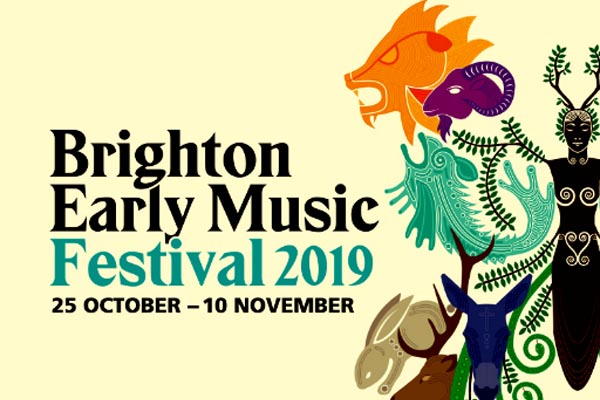


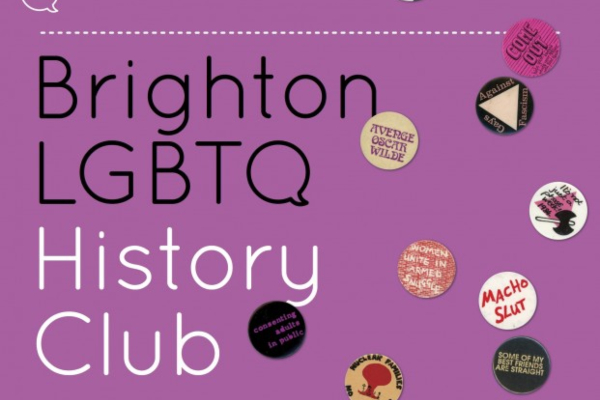



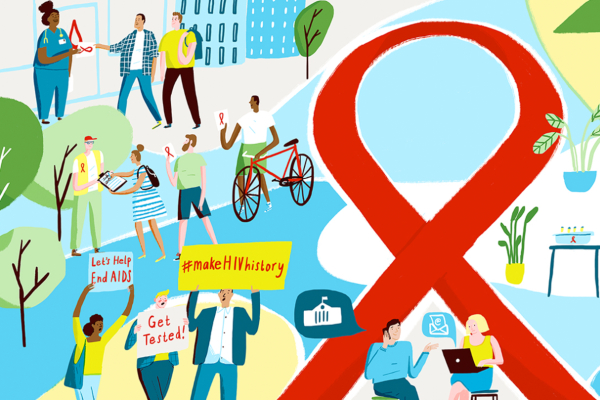






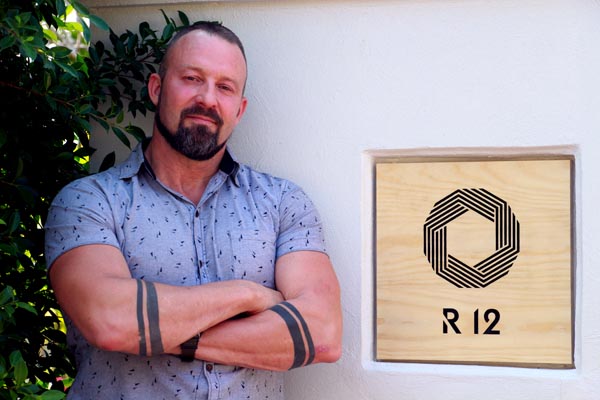







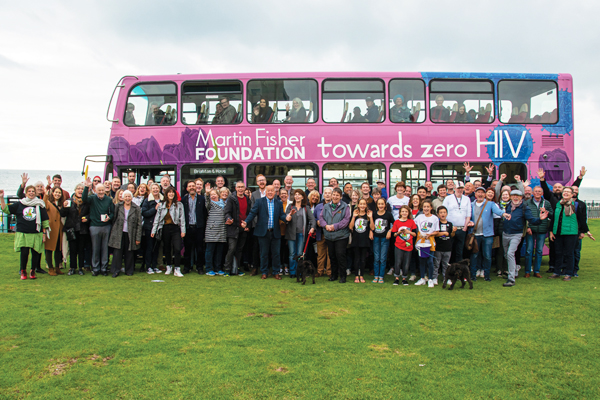






You must be logged in to post a comment.